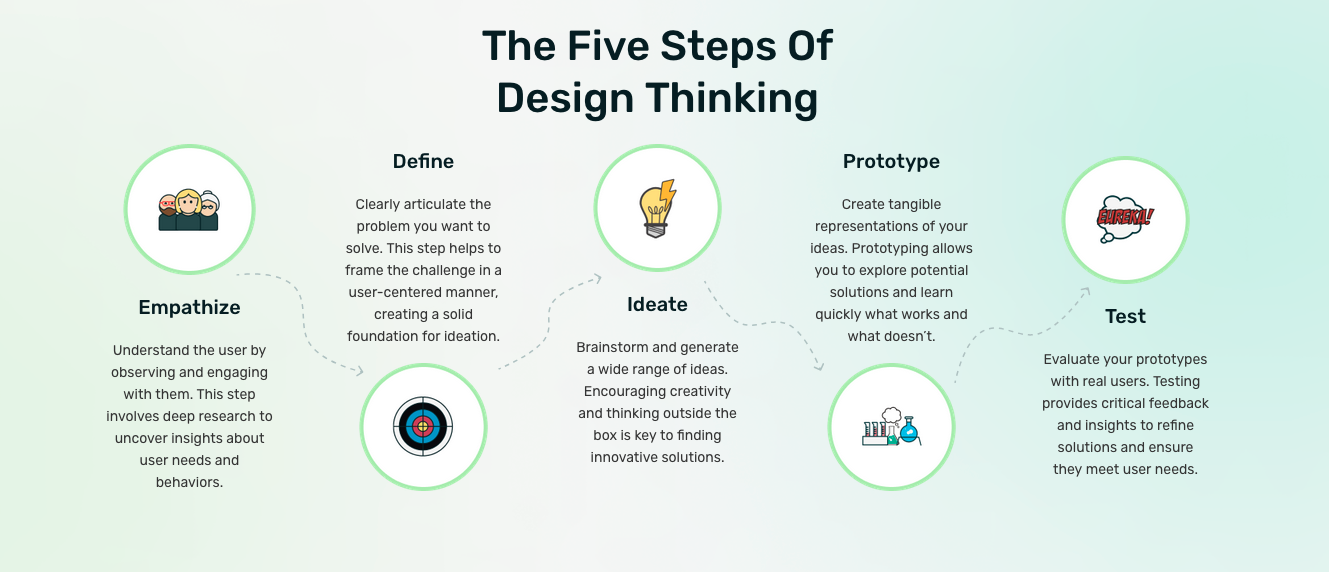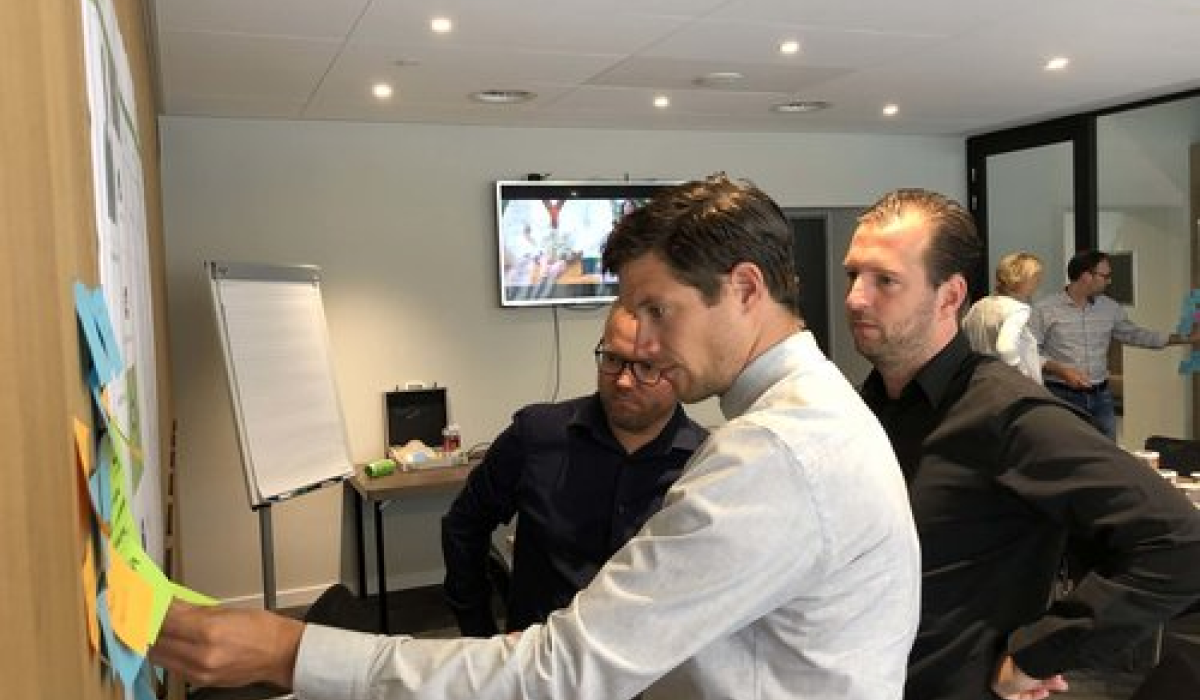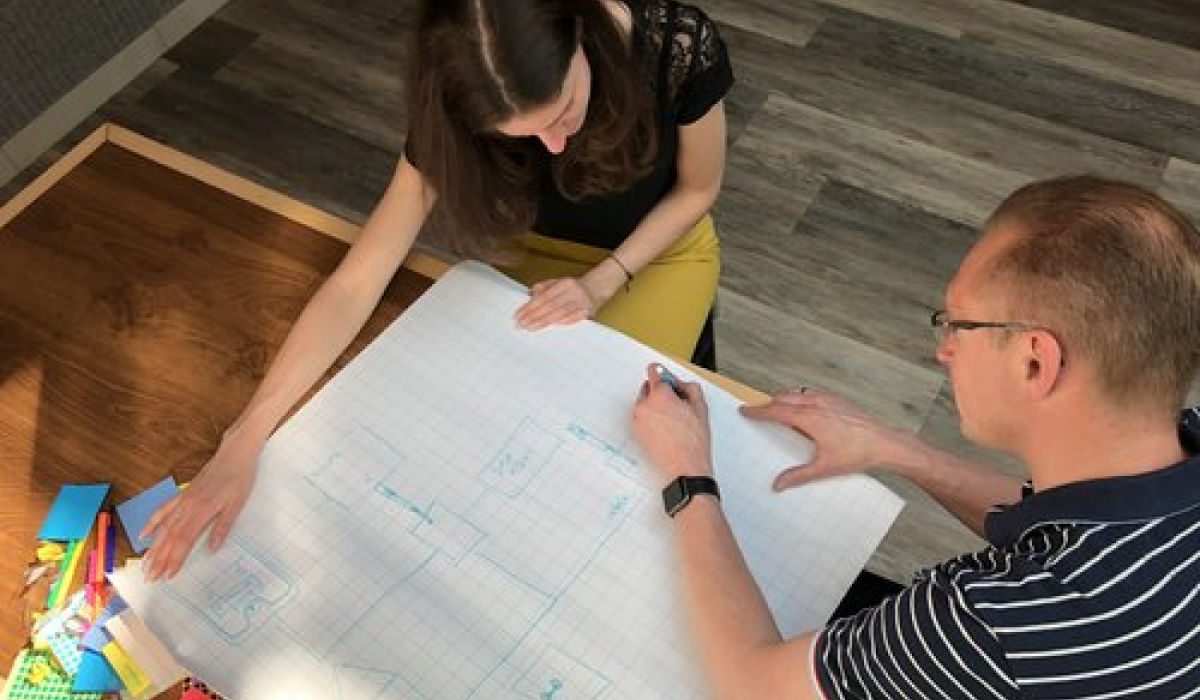Design Thinking: 5 steps to tackle complex problems
Every organization will sooner or later face challenges. Sometimes you can handle them without any problems; in other cases, they are more complex problems for which you cannot come up with a solution right away. This requires innovative capacity for new or better solutions. If you are able to continue to innovate, you can stay ahead of your competition. Design Thinking is a method to stay on top of the innovation game.
But what exactly is it and how can you use it to tackle complex problems within your organization? We will give you a glimpse of what it is.
Design Thinking: a definition
Design Thinking is difficult to capture in a single definition. In short, Design Thinking is a method in which you step into the shoes of a designer to solve complex problems.
The method is applied in a multidisciplinary team consisting of users and stakeholders. The process is iterative, investigative and focused on improving or innovating services, processes and products and services.
Characteristic of Design Thinking is that people are always central. This can be a customer, but also an employee or stakeholder. Well-known methods from the Design Thinking movement are Persona maps, Customer Journey Mapping and Empathy and Stakeholder maps.
Design Thinking as a method for proposition development
Design Thinking is a perfect method to renew your existing products and services in a structured way or to develop new products. The various canvassen and models can be filled in and discussed jointly by your multidisciplinary team.
In this way, you bring together knowledge from all disciplines in your organization (for example operations, sales, marketing, shop floor and boardroom).
By organising the information on the wall, team members gain an overview of the challenges and opportunities. This invariably leads to new joint insights and the development of better propositions.
The Design Thinking process
What does such a Design Thinking process actually look like? A Design Thinking process consists of several steps:

1. Empathize
Discovering and understanding how challenges, developments in the market, customers and competitors fit together.
2. Define
What is really the problem? This often concerns the problem behind the initial question.
3. Ideate
Once the problem is clear, it is time to brainstorm. You want to collect as many ideas as possible, without attaching a value judgment to them. There is no right or wrong. Only at the end of this process do you consider which solutions you want to test.
4. Prototype
You make prototypes of the solutions proposed in the short term and as cheaply as possible, so that you can test them on a small scale.
5. Test
Using different testing techniques we can now test if the solution works. With the responses and feedback obtained from the test phase, you can quickly improve your prototypes. This can sometimes also mean that the solution you came up with does not work at all or that the problem needs to be defined differently. This is part of an iterative process; learning what does and does not work.
Want to innovate using Design Thinking? Proposition Hero is here to help, read more.






